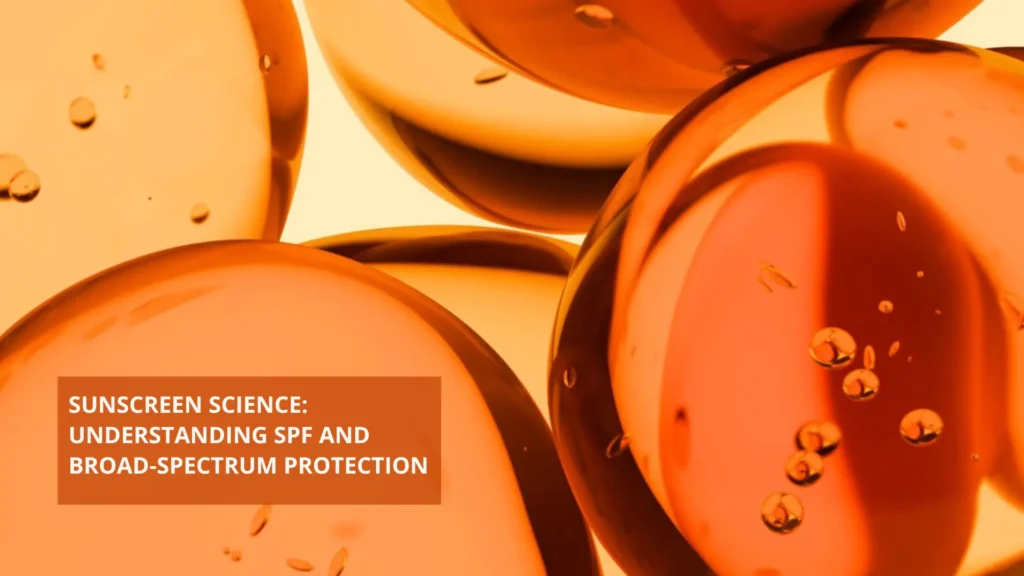🗓 By Jarvis – July 2025
⏱ Estimated reading time: 10 min

Introduction
SPF is everywhere, but how much do you really understand about it? Between chemical vs. mineral, SPF 30 vs. 50, and the meaning of “broad-spectrum,” it’s easy to get lost. Let’s decode the science behind sun protection so you can make smart, informed choices this summer.
What SPF Really Means
SPF (Sun Protection Factor) measures how well a sunscreen protects from UVB rays, which cause sunburn. SPF 30 filters about 97% of UVB; SPF 50 filters 98%. No SPF blocks 100% of rays — so reapplication is key.
Why You Need Broad-Spectrum
UVA vs. UVB Explained
- UVB = Burns
- UVA = Aging & long-term skin damage
Only broad-spectrum SPF protects against both.
Chemical vs. Mineral Sunscreens
What’s the Difference?
- Chemical (e.g., avobenzone) absorbs UV rays
- Mineral (e.g., zinc oxide) reflects UV rays
Mineral is great for sensitive skin and more stable in heat.
How to Use Sunscreen Correctly
- Apply a nickel-sized amount per area of face/body
- Wait 15 minutes before sun exposure
- Reapply every 2 hours, or after swimming/sweating
Conclusion
Sun protection is your best defense against aging, pigmentation, and skin cancer. By choosing the right SPF and applying it properly, you keep your skin safe and glowing — all summer long.

